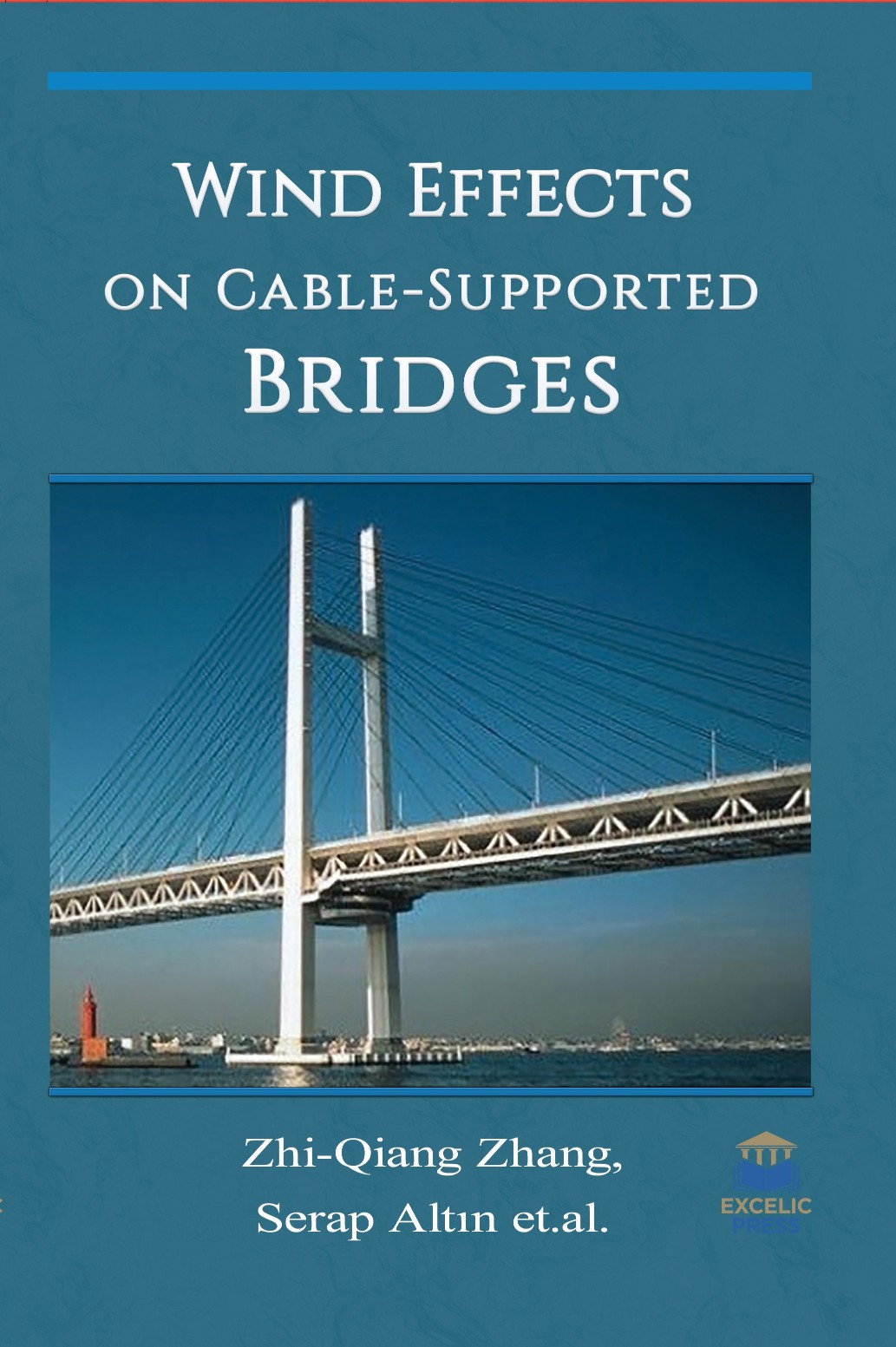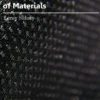Cable stayed bridges have only become an established solution for long span structures over the last 60 years. This recent ascendency is primarily due to the development of reliable high strength steels for the cables and perhaps more importantly, the advent and widespread use of computers to analyze the complex mathematical models. Cable-stayed bridges are preferred these days as they provide much greater stiffness than the suspension bridge and deformations of the deck under live loads are reduced. A cable stayed bridge has one or more pylons, from which cables support the deck of the bridge. A distinctive feature of the bridge is the cables which run directly from tower to deck, normally forming a fan like pattern or a series of parallel line. The main objective of this book is to review the various wind effects and the different vibrations which are induced due to the wind on cable-stayed bridges. Cable-stayed bridges being more flexible, a proper wind study is inevitable.
Wind Effects on Cable-Supported Bridges provides in-depth information to understanding wind effects on cable-stayed bridges; this book uses analytical, numerical and experimental methods to give readers a fundamental and practical understanding of the subject knowledge. It describes the structural behavior of cable-stayed bridges, identifies cable-stayed bridge elements, and discusses their role in supporting the structure. It presents methods of pre-sizing the stays and describes the mathematical procedure that allows optimal tensioning of forces in the stays, so that the structure complies with the design criteria.
This book is intended to supplement information from introductory areas through to advanced topics currently being developed from research work. Cable-stayed bridges under wind loading exhibit dynamic behaviors that depend on the aero elastic forces and coupling among vibration modes.













